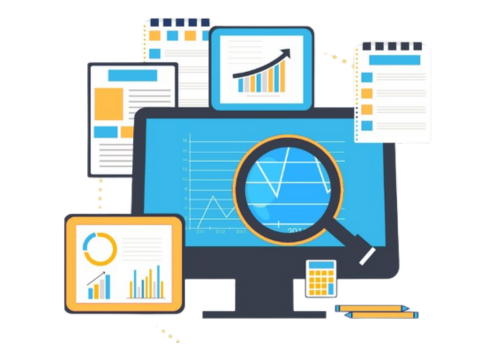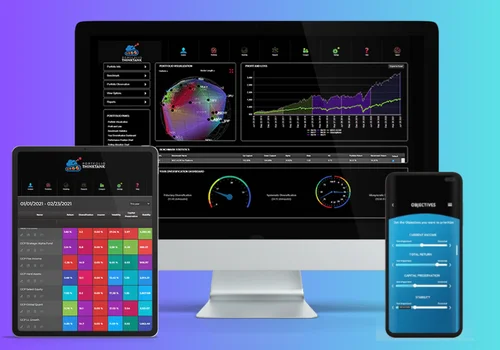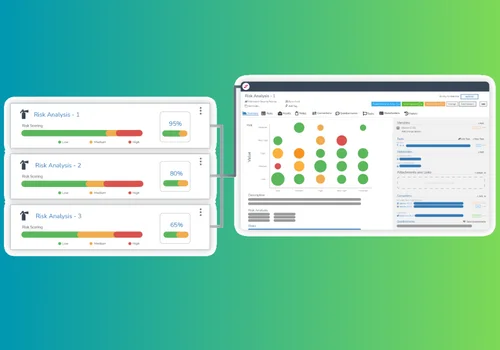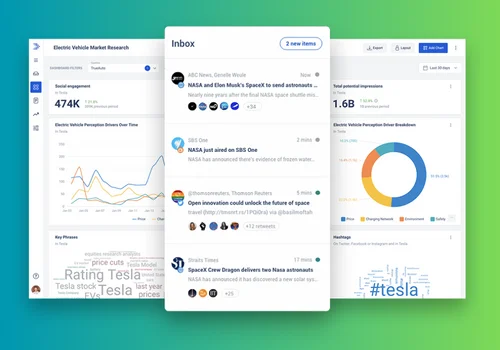Welcome To Investment analytics: Empowering Your Investment Analytics
Investment analytics is the cornerstone of informed decision-making in the financial world, leveraging data analysis and advanced algorithms to optimize investment strategies across diverse asset classes. By analyzing market trends, economic indicators, and investor sentiment, investment analytics empowers investors to navigate markets with confidence and precision. It plays a pivotal role in portfolio management, asset allocation, and risk mitigation, enabling investors to tailor their portfolios to meet their financial goals and preferences. Powered by advancements in technology such as AI and machine learning, investment analytics continues to reshape the investment landscape, driving innovation and democratizing access to sophisticated investment tools and strategies.






























































